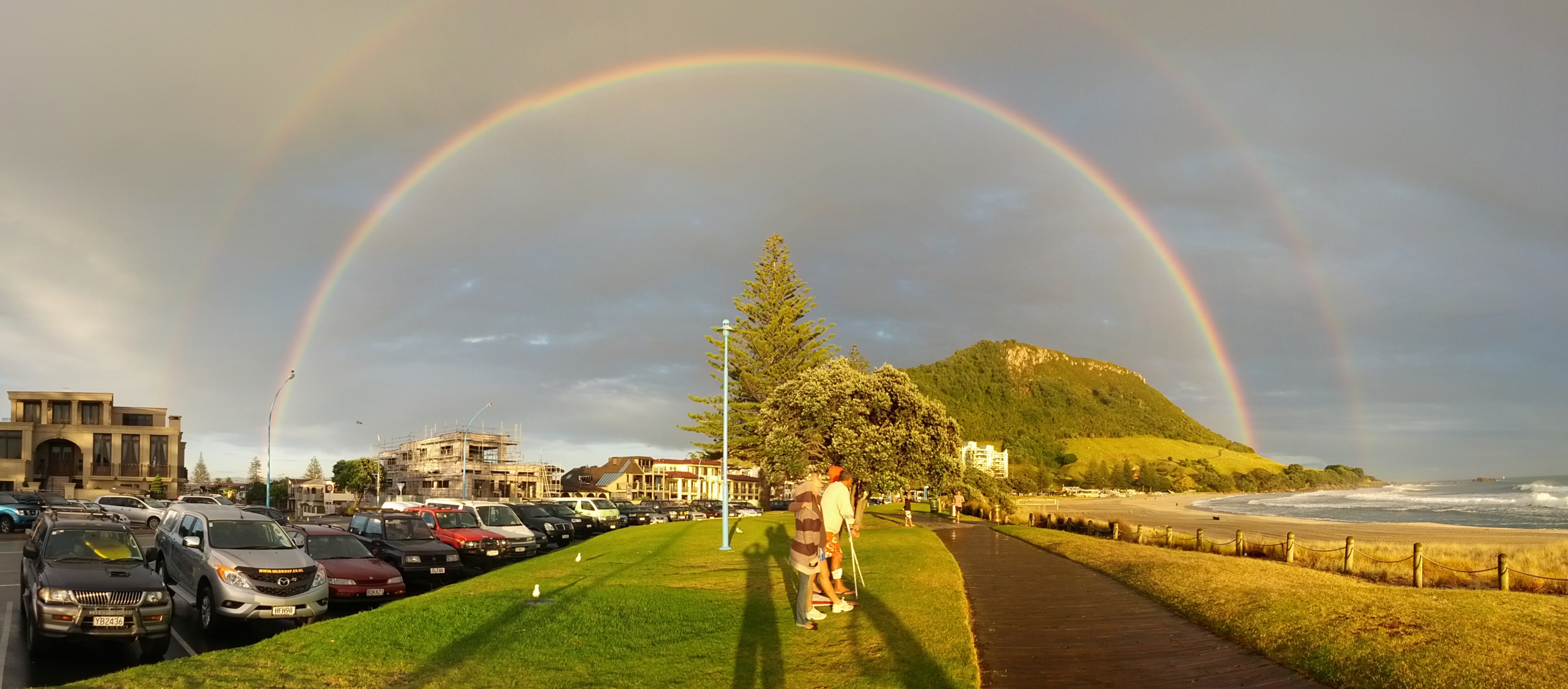Mind-Blowing Facts About Animal Migrations
Animal migrations are among the most awe-inspiring phenomena in the natural world, showcasing the incredible resilience and navigational skills of creatures great and small. These epic journeys span continents and oceans, driven by the need for food, breeding, and survival. From the delicate monarch butterflies to the mighty humpback whales, each species follows an innate rhythm that guides them across vast distances. This article delves into the astonishing mysteries of animal migrations, exploring how these journeys unfold and the secrets they hold. We will uncover the marvels of nature's travelers and the challenges they face in an ever-changing world.
1. Monarch Butterflies: The Delicate Navigators
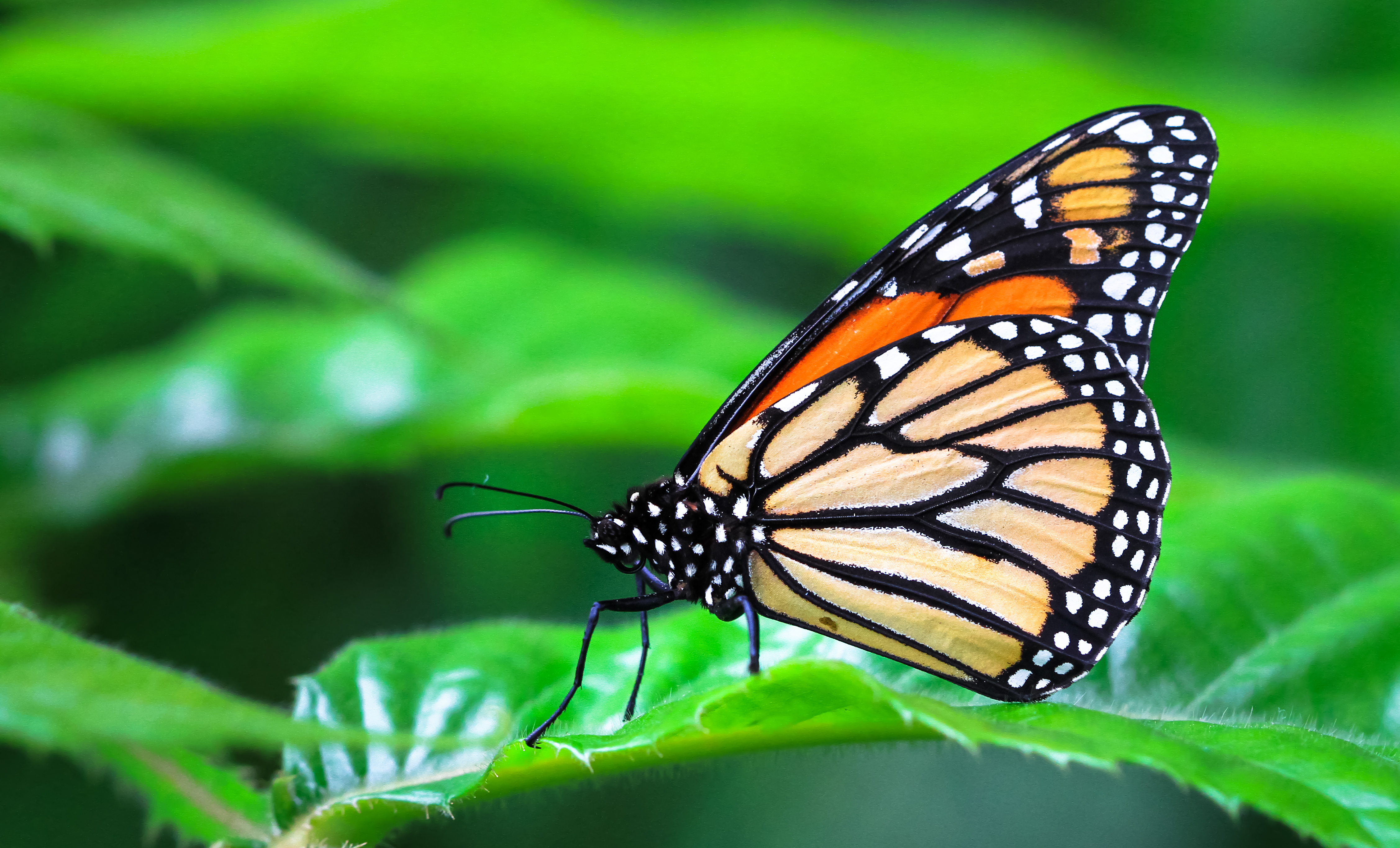
Monarch butterflies embark on one of the most remarkable migrations, traveling up to 3,000 miles from North America to central Mexico. Despite their fragile appearance, these butterflies possess an innate ability to navigate using the sun's position and Earth's magnetic fields. The mystery deepens as this migration spans multiple generations; the butterflies that arrive in Mexico are the descendants of those that departed months earlier. Scientists continue to study how these insects, with their limited lifespan, manage to find their way to the same forests year after year. This journey highlights the extraordinary capabilities of even the smallest creatures in navigating vast distances.
2. Wildebeest: The Great African Migration
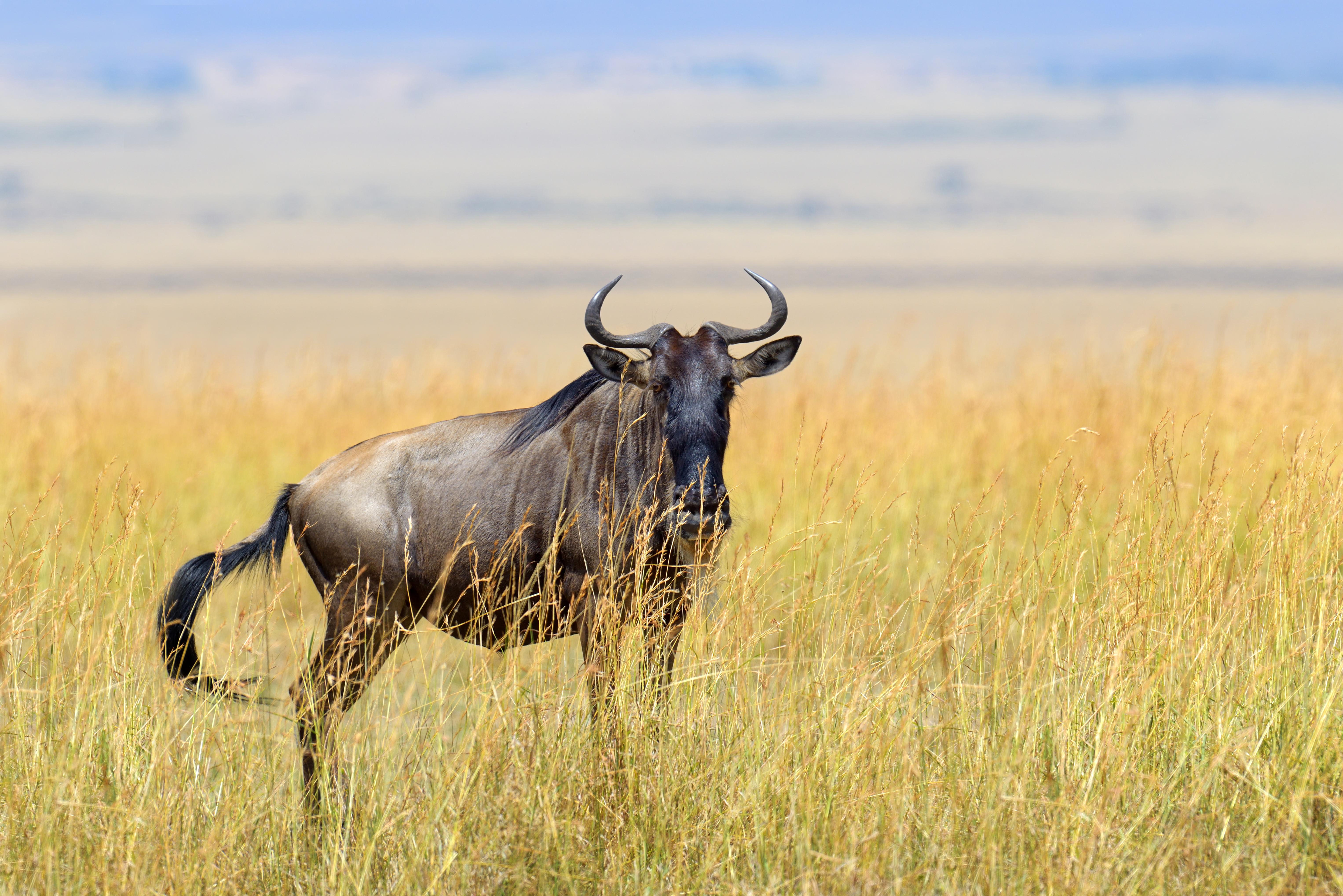
The Great Migration of wildebeest across the Serengeti and Maasai Mara is one of the most dramatic wildlife spectacles on Earth. Over 1.5 million wildebeest, alongside zebras and gazelles, travel in a continuous loop in search of greener pastures. This migration is driven by the seasonal rains, which dictate the availability of fresh grazing land. The journey is fraught with peril, as predators like lions and crocodiles lie in wait. Despite these dangers, the wildebeest's instinctual drive to migrate ensures the survival of the species. This annual event underscores the complex interplay between animal behavior and environmental cues.
3. Arctic Terns: The Longest Migration
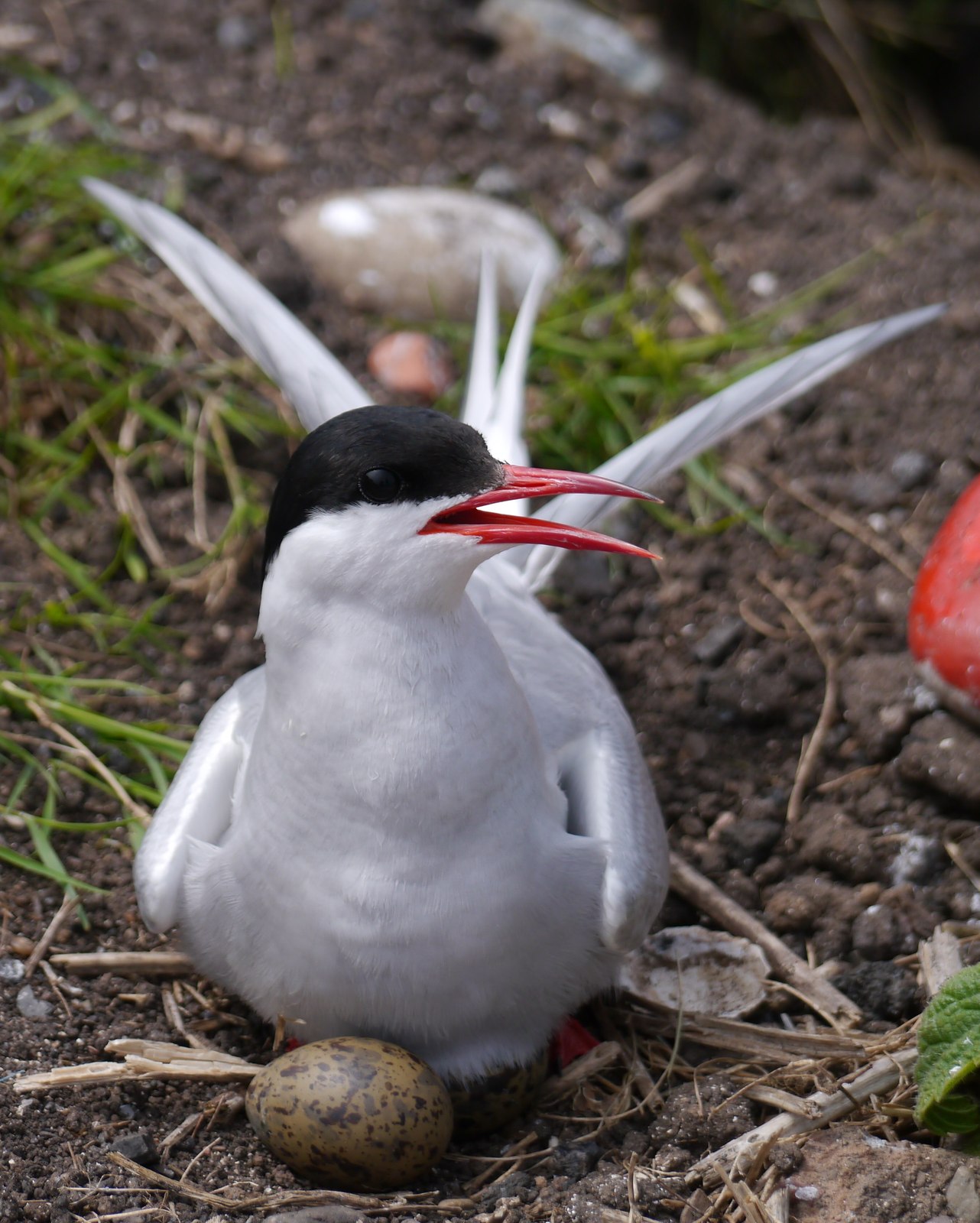
Arctic terns hold the record for the longest migration of any animal, traveling from their breeding grounds in the Arctic to the Antarctic and back each year. This round trip covers approximately 44,000 miles, allowing the terns to experience two summers annually. Their journey is a testament to endurance and adaptability, as they navigate across vast oceanic expanses. Researchers have discovered that Arctic terns use a combination of celestial navigation and magnetic fields to guide their path. This epic migration emphasizes the incredible feats of endurance and the sophisticated navigation techniques employed by avian species.
4. Humpback Whales: Oceanic Travelers
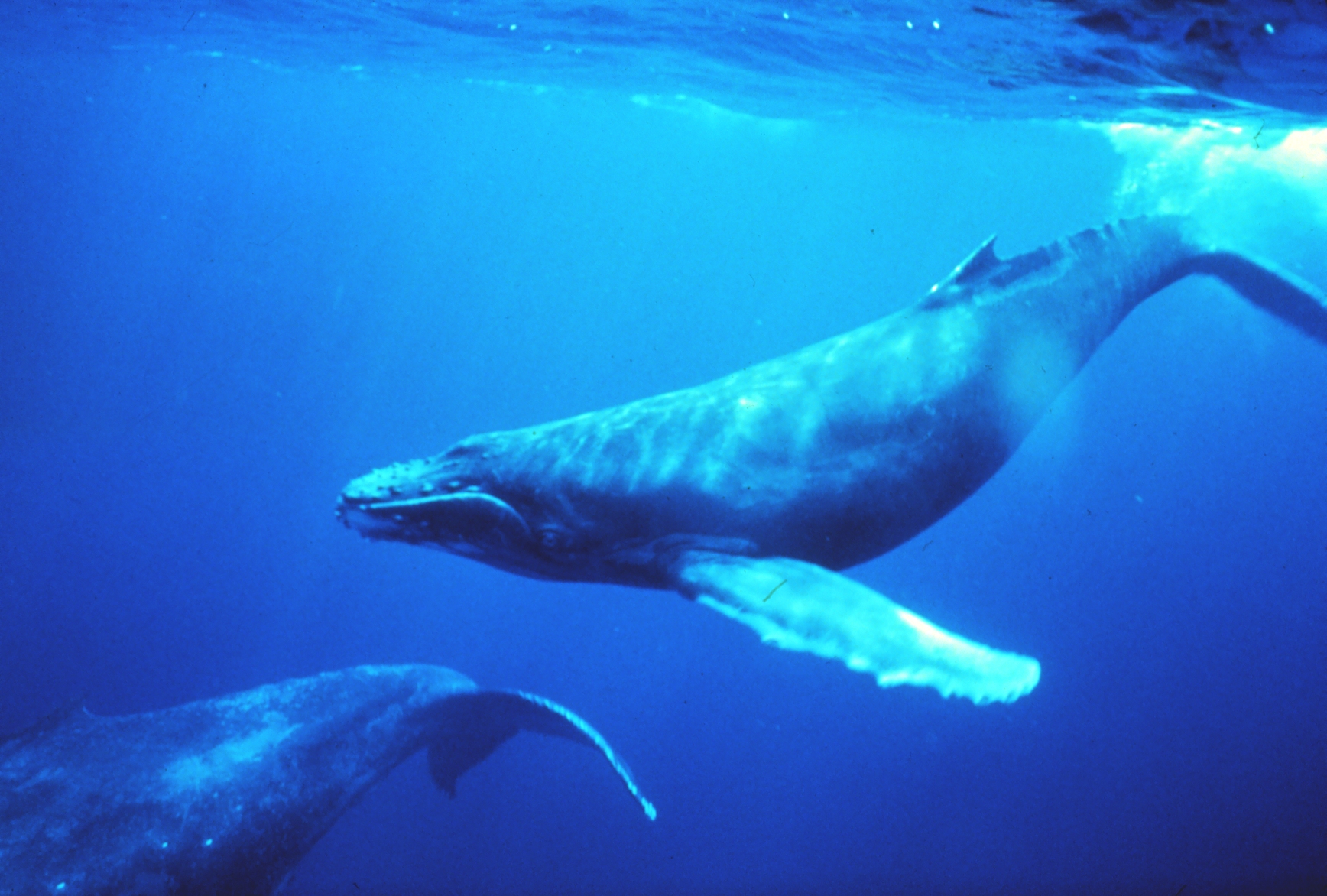
Humpback whales undertake one of the longest migrations of any mammal, traveling up to 5,000 miles from their feeding grounds in polar waters to tropical breeding areas. These leviathans rely on a combination of environmental cues and social learning to navigate the open ocean. Their songs, complex and haunting, are believed to play a role in communication and navigation during these journeys. The migration of humpback whales highlights the profound connection between marine life and the ocean's vast ecosystems. As climate change alters oceanic conditions, understanding these migrations becomes crucial for the conservation of these majestic creatures.
5. Caribou: The Arctic Nomads

Caribou, also known as reindeer, are iconic for their extensive migrations across the Arctic tundra. These herds travel hundreds of miles between their winter and summer ranges, following the availability of food and suitable calving grounds. The caribou's journey is influenced by the harsh Arctic climate, with migration routes shifting in response to changing snow and ice conditions. Their ability to navigate through such a challenging environment is a testament to their resilience and adaptability. As climate change threatens their habitat, understanding the caribou's migration patterns is vital for their survival and the preservation of Arctic ecosystems.
6. Leatherback Sea Turtles: Ancient Mariners
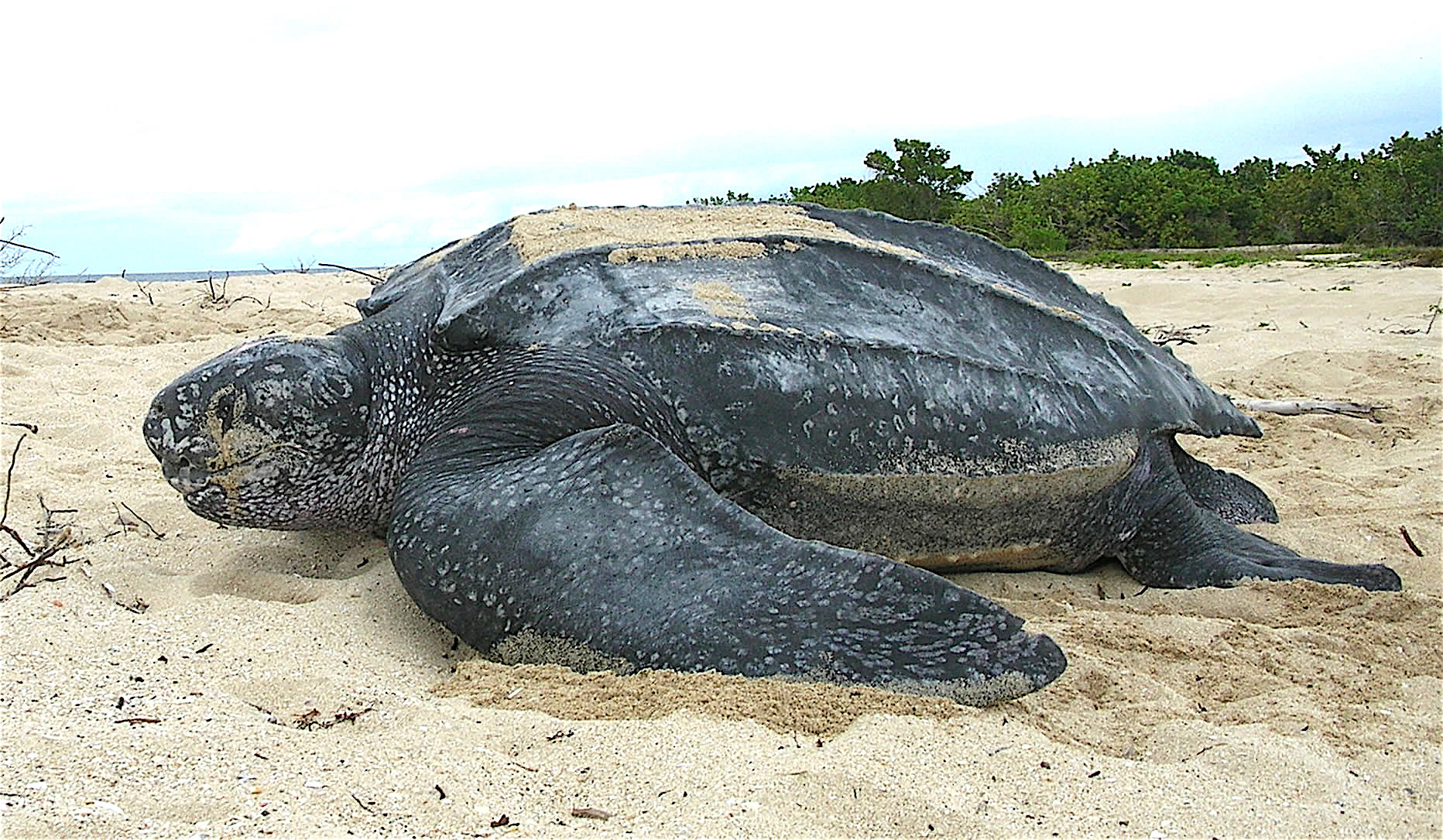
Leatherback sea turtles are ancient mariners, traversing entire ocean basins to reach their nesting beaches. These turtles can travel over 10,000 miles annually, guided by the Earth's magnetic fields and ocean currents. Leatherbacks face numerous threats, from habitat destruction to bycatch in fishing gear, making their migration a perilous endeavor. Despite these challenges, their instinctual drive to return to their birthplace to lay eggs ensures the continuation of their species. The migration of leatherback sea turtles highlights the intricate relationship between marine life and global oceanic systems, emphasizing the need for international conservation efforts.
7. Salmon: The Upstream Battle
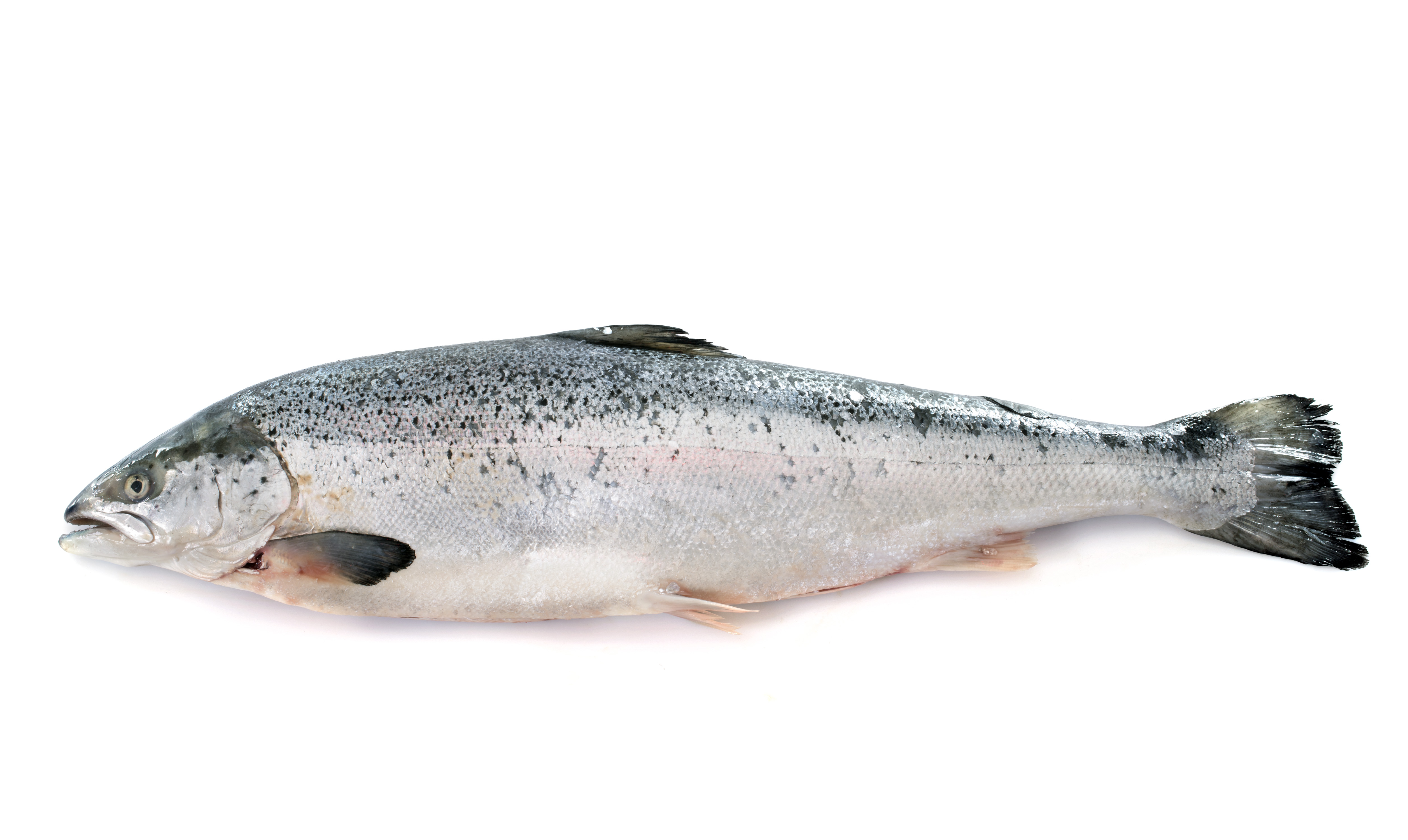
Salmon are renowned for their arduous migration from the ocean back to their freshwater birthplaces to spawn. This journey, often against strong currents and numerous obstacles, is a testament to their determination and strength. Salmon rely on olfactory cues to navigate, using their sense of smell to identify the unique chemical signature of their natal stream. This migration is critical for the survival of the species, as it ensures genetic diversity and population replenishment. The salmon's upstream battle underscores the importance of healthy river ecosystems and the impact of human activities on these vital migration routes.
8. Bar-Tailed Godwits: Non-Stop Flyers

Bar-tailed godwits are extraordinary for their non-stop flights across the Pacific Ocean, traveling from Alaska to New Zealand without resting. This 7,000-mile journey is the longest known non-stop flight of any bird. These godwits rely on fat reserves built up during their stay in Alaska to fuel their migration. Their ability to undertake such an incredible journey without pause highlights the remarkable physiological adaptations of migratory birds. Understanding the godwits' migration is crucial for conservation, as changes in climate and habitat loss threaten their stopover sites and breeding grounds.
9. Dragonflies: The Insect Pilots
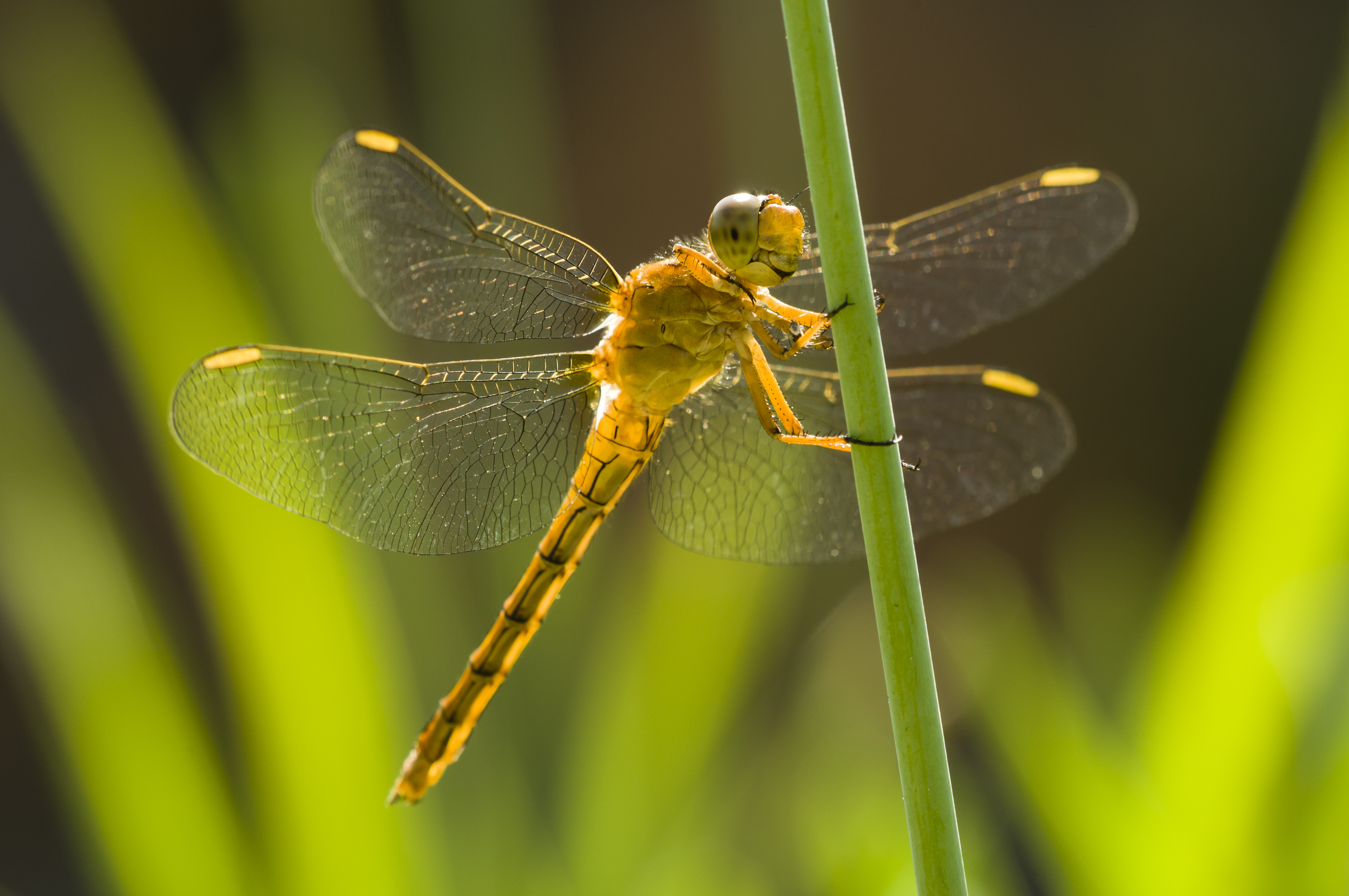
Dragonflies, particularly the globe skimmer species, are known for their transoceanic migrations, crossing the Indian Ocean from India to East Africa. This journey, covering thousands of miles, is one of the longest migrations for any insect. Researchers believe that dragonflies use wind patterns and weather systems to assist their flight, demonstrating an impressive ability to exploit environmental conditions. The migration of dragonflies sheds light on the incredible capabilities of insects and their role in global ecosystems. As climate change alters weather patterns, studying these migrations can provide insights into the resilience of insect populations.
The mysteries of animal migrations continue to captivate scientists and nature enthusiasts alike, revealing the intricate connections between species and their environments. As human activities and climate change pose increasing threats to these natural phenomena, understanding and preserving migration routes becomes more critical than ever. Conservation efforts must prioritize the protection of habitats and the mitigation of climate impacts to ensure the survival of migratory species. By unraveling the secrets of these journeys, we can better appreciate the resilience of nature and the importance of maintaining the delicate balance of our planet's ecosystems.
